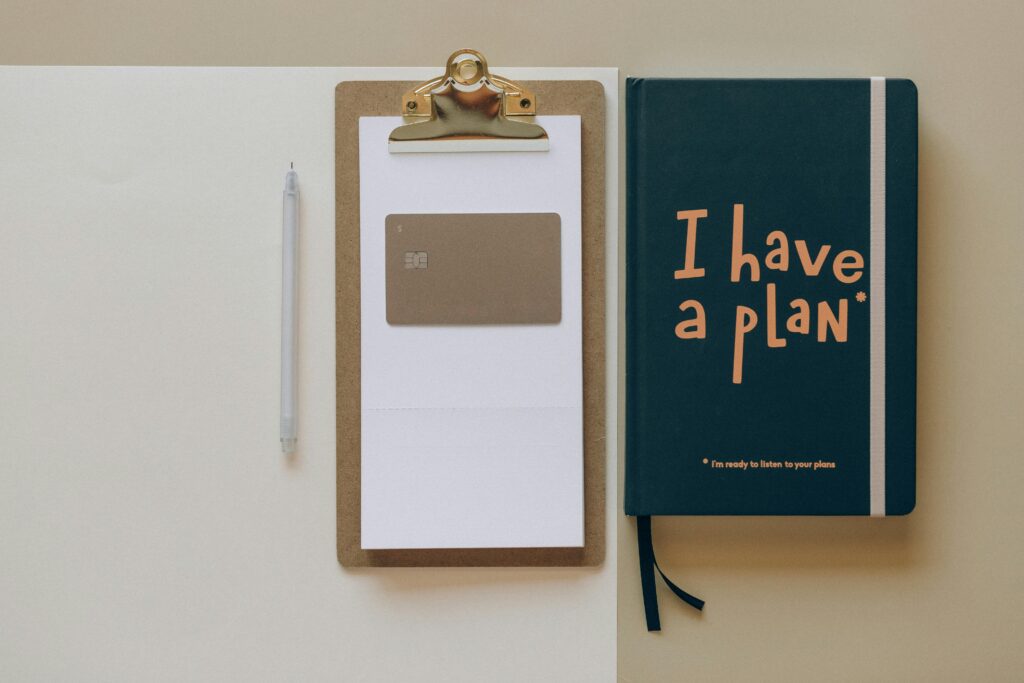An invoice is a document that allows businesses (and freelancers) to request payments for their goods and services. An invoice is used for breaking down all your work into an itemized list and telling the client how and when to pay you.
Despite its importance, many freelancers struggle with creating and sending invoices. Unlike a regular job in which you get paid a fixed monthly salary, freelance work includes payments in a more informal setting–this is where the help of free invoice software comes in!
Information to Put on an Invoice
Header and Contact Information
If you don’t want your payment ending up with the wrong person, it’s important to make sure to display your contact information clearly and boldly on top. Chances are that your client will receive several invoices, and clearly stating your contact information in the header helps avoid any dreaded payment mixups.
Alongside your company name and contact details, be sure to include other important information like your mailing address, email, and company name and logo. Of course, you’ve spent time and money on getting that logo designed, so you might as well make use of it whenever you can! This will also help your small business come across as professional and reliable.
Numbers and Dates
You should include three main dates and numbers on your invoice–the date you are sending the invoice, the date your payment is due, and a unique invoice number. Explicitly stating these dates is the best way to avoid any awkward misunderstandings and confusions later on.
When generating numbers for your invoices, we recommend using a unique combination. You don’t want to mix them up, so use a four or five-digit unique invoice number for each series of invoices. For instance, use the first digit to identify which company it is to and the last digit to identify the invoice number. This may seem like a lot of work, but we promise it’s worth it–especially if your business is booming and you have many clients! A correctly numbered, uniquely-coded invoice will be your saving grace on a busy day.
Breakdown of Your Work
This is likely the largest and the most important part of an invoice. It details everything you’ve done for the client, clarifies the charges for each product/service, and determines how much you’ll be paid at the end.
Ideally, you should present this information in a table, with clear divisions for the name, date, nature, and payment for each task done.
Total Payments Due and Payment Methods Requested
Below the itemized breakdown, make sure to mention the total payment due. Be sure to double-check your calculations and make sure the total amount is clearly visible. Of course, you won’t have to do this if you use an automated invoicing platform like Invoice Ninja.
You should also specify any payment terms and the best payment method to pay you, alongside the due date, step-by-step instructions (in case it’s a new client,) and any links to your payment method, if needed.
To make the entire invoicing process as simple and stress-free as possible, Invoice Ninja has you covered. Check out our easy-to-use invoicing software today!




